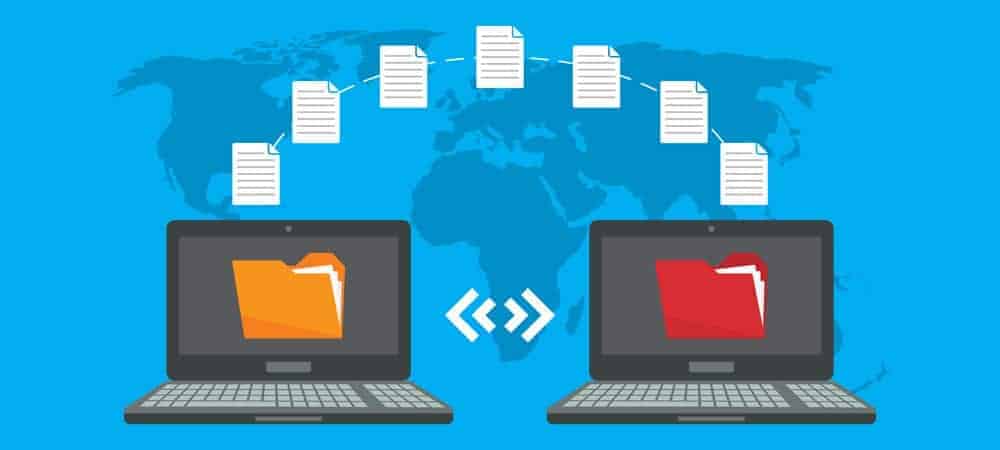S/4 migration and the licensing question


SAP recommends that its customers switch to the new S/4 technology at an early stage - even before the end of maintenance for the classic SAP Business Suite announced for 2025.
Measuring S/4 in the future
Essentially, nothing has changed in SAP's measurement methodology. There will still be user-based licenses as well as consumption-specific metrics.
Licenses can be billed in three ways: Purchase plus maintenance, rent or according to consumption. Depending on the type of purchase, the measurement also changes.
This is done regardless of where the SAP systems are operated (on-premise, private cloud or public cloud). However, each license type has its own measurement tools.
If you take a closer look at the PKL, it quickly becomes clear that SAP is using the changeover to redefine many details of the license metrics. For example, licensing users on the basis of their authorizations is mandatory for the customer.

The number of different user types has also been significantly reduced, which in turn reduces the possibility of differentiation. SAP points out in its current list of prices and conditions that the use of S/4 is based on potential usage.
Which in turn means that in the S/4 systems, the authorizations assigned there for the necessary license type must be taken into account and not the actual usage. An optimized authorization concept, which also takes the license metrics into account, is the basis for an optimal S/4 license migration.
Old licenses, new model
With the Compatibility pack for S/4, SAP offers the option of continuing to use previously licensed functionalities in the new S/4 world. During an S/4 migration, in addition to the system requirements and the check of the components used, the authorizations must also be checked and adjusted if necessary.
In S/4, some transactions have been deleted without replacement or replaced by new transactions and SAP Fiori apps. With S/4 there are three new user licenses: Professional Use (3500 euros), Functional Use (1200 euros) and Productivity Use (300 euros).
In order to use these correctly in the future, it is a good idea to adapt the authorization concept to the underlying solution functions during the above-mentioned review.
What customers can do
To ensure the success of the license migration, three main steps are required.
First: The optimization of existing license requirements based on actual usage.
Second: The introduction of an authorization concept that takes into account the license metrics and adapts the authorizations to the usage.
And third: an analysis of the effects during an S/4 migration. With these three steps and a SAM tool to automate the steps, SAP customers create continuous transparency about their own licensing needs, even in the new hybrid system landscape.







